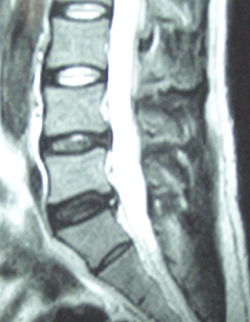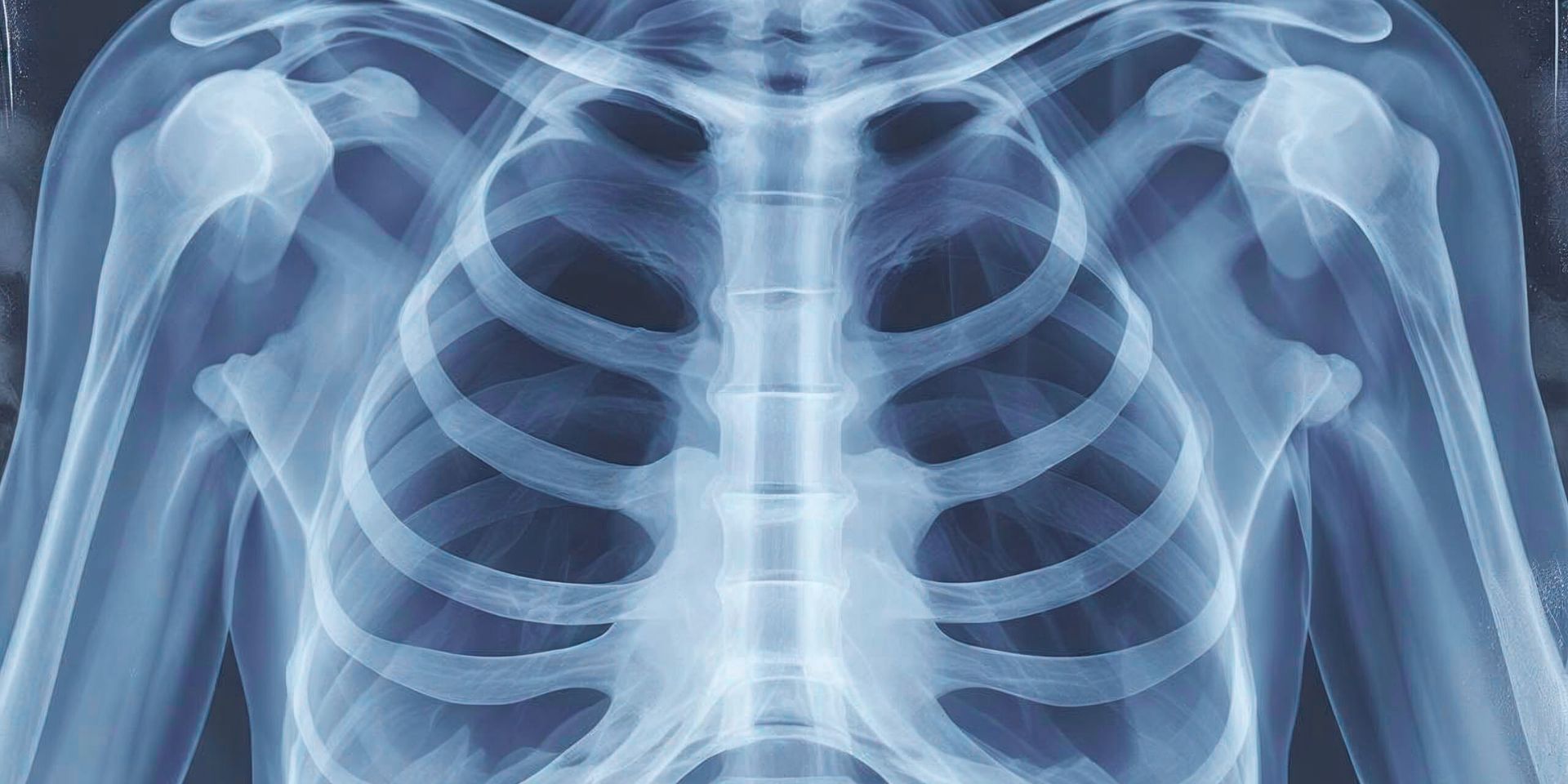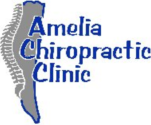How Amelia Chiropractic Clinic Uses Imaging

Sometimes must be added in this discussion because MRIs and CT scans and xrays make beautiful pictures, but they can't relieve your pain. Sometimes imaging will reveal several issues which then forces the doctor to correlate the symptoms and clinical examination findings to determine which imaging issue is causing the problem right now for you. Sometimes the MRI, CT scans and xrays reveal nothing even though you suffer with pain which then forces the doctor to rely on your symptoms and examination to reveal the diagnosis.
- Medical literature reports that up to 76% of asymptomatic (non-pain) people will reveal disc herniations in their spines. (1)
- Pre- and post-care MRI studies of patients who had pain and now have none show that the patient's disc herniation after care when there is no more pain is smaller, the same size or even larger than when treatment began.

Advanced imaging is not always necessary. Medical literature reports that advanced imaging is not always necessary until after 4 to 6 weeks of unsuccessful conservative care. (2) There is no correlation, even, between the disc size or type and pain and disability. (3) If you are getting worse or experience bowel/bladder function problems, however, imaging is warranted sooner. In many cases, treatment at Amelia Chiropractic Clinic may conservatively, non-surgically alleviate your pain for less cost than an MRI or other imaging series.
Know, though, that, if you need imaging, your doctor will order it. If you already have imaging, bring it with you. Our staff at Amelia Chiropractic Clinic will consider its pictures as an additional insight into your condition alongside your clinical examination findings to uncover your diagnosis to determine your treatment plan.
Xrays are typical in initial evaluations. Xrays give a look at the structure of the spine. Xrays reveal any structural abnormalities that the doctor may need to consider. They are simple, but most helpful.
Xrays are windows into the spine's structure and advanced imaging studies such as MRI and CT are doors leading to the inner workings of the spine. Both have their place in your care, but their place is alongside the clinical examination, not in place of it. The role of advanced imaging studies should confirm the clinical examination's diagnosis, not make the diagnosis alone.
You are in good hands at Amelia Chiropractic Clinic in Fernandina Beach that know how and when to put images to good use in order to help you regain your quality of life. Contact us today.
References
- Jensen MC: MRI of the lumbar spine in people without back pain. N Engl J Med 331.1994 (MRI should be done only after 4-6 weeks of conservative care has failed as it was found that in asymptomatic patients, 52% have a disc bulge, 27% have a disc protrusion, and 64% had a disc abnormality.)
- Modic MT: Contrast-Enlarged MRI In Acute Lumbar Radiculopathy: A Pilot Study of the Natural History. Neuroradiology 1995;195
